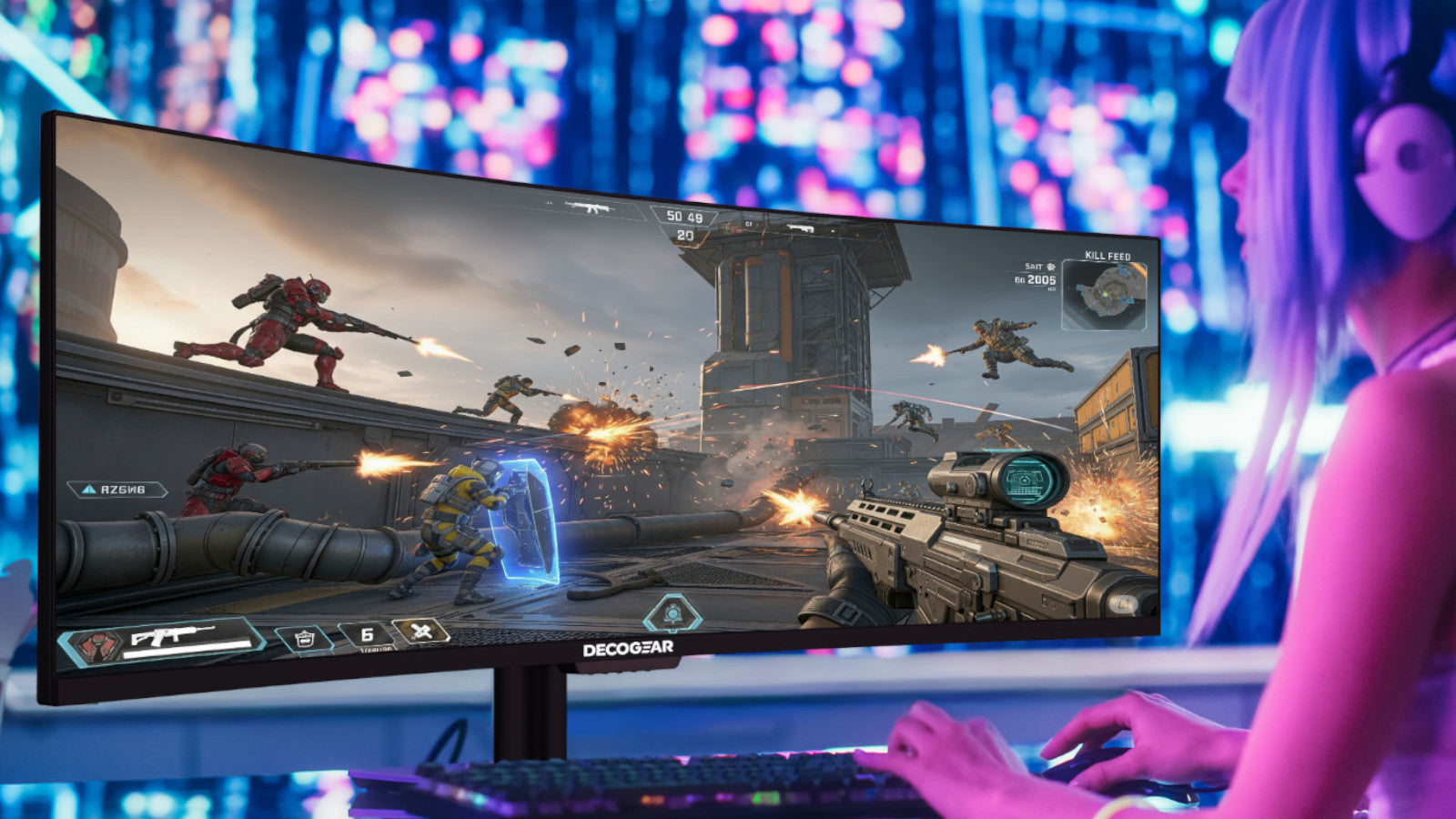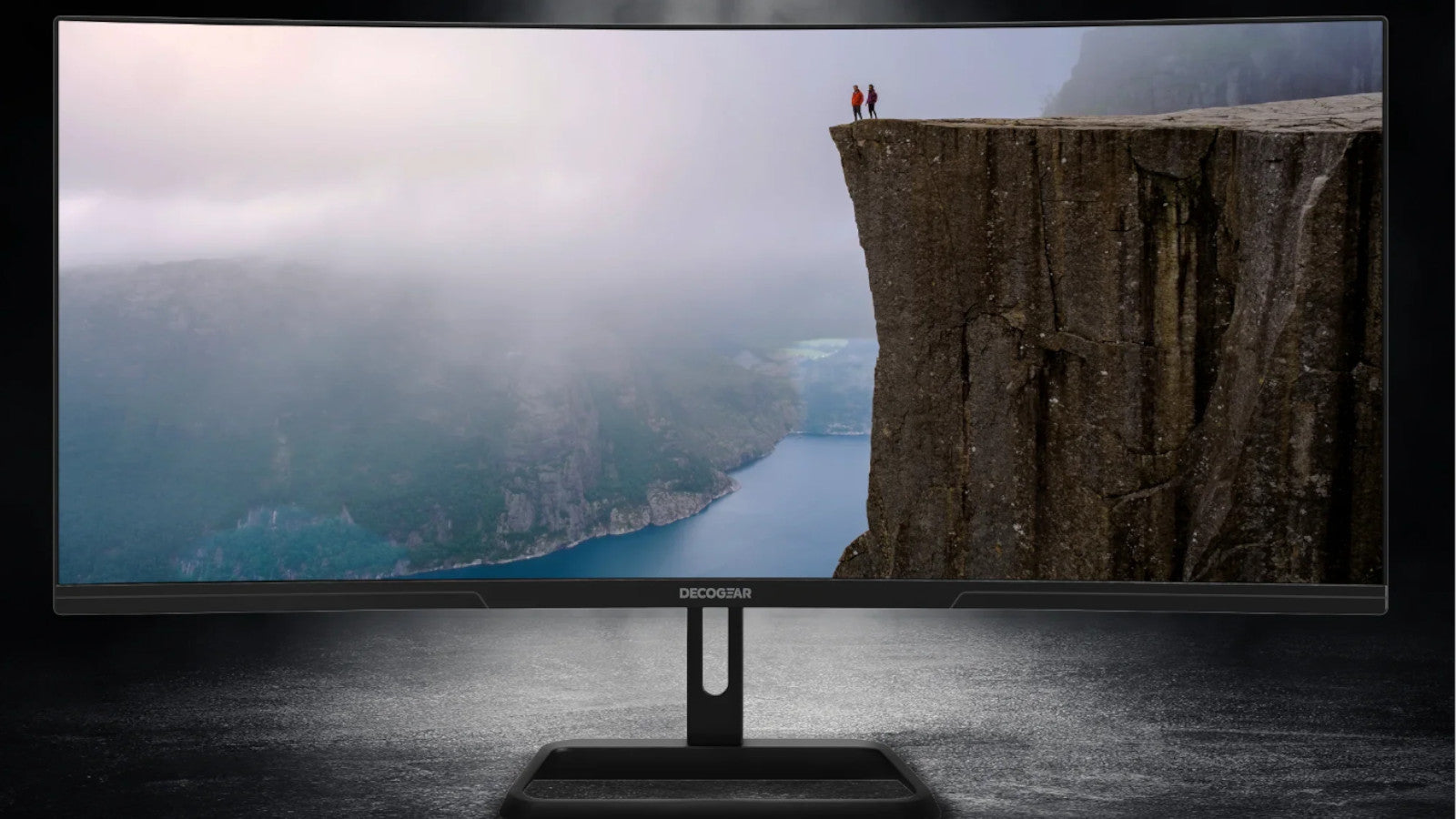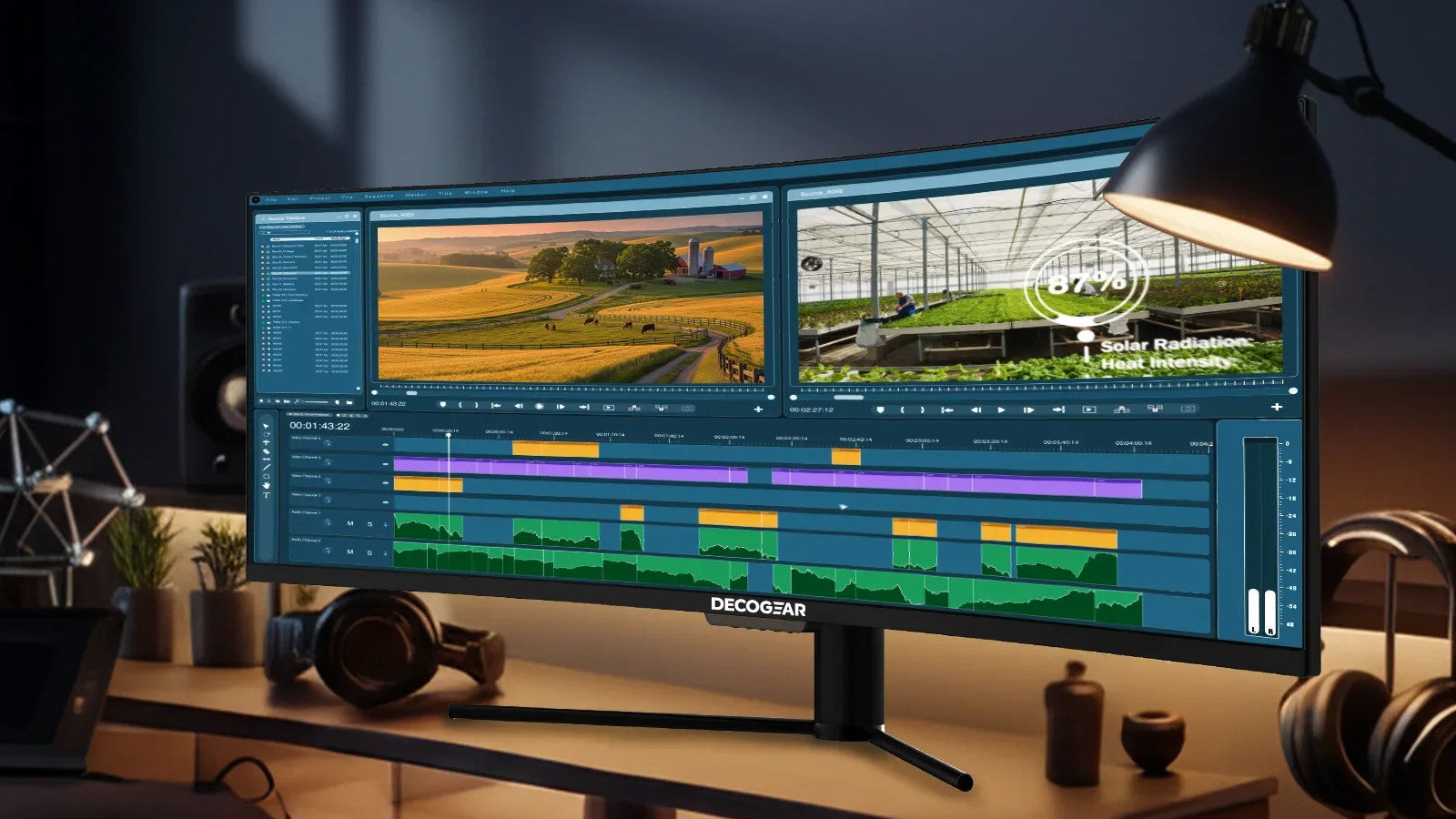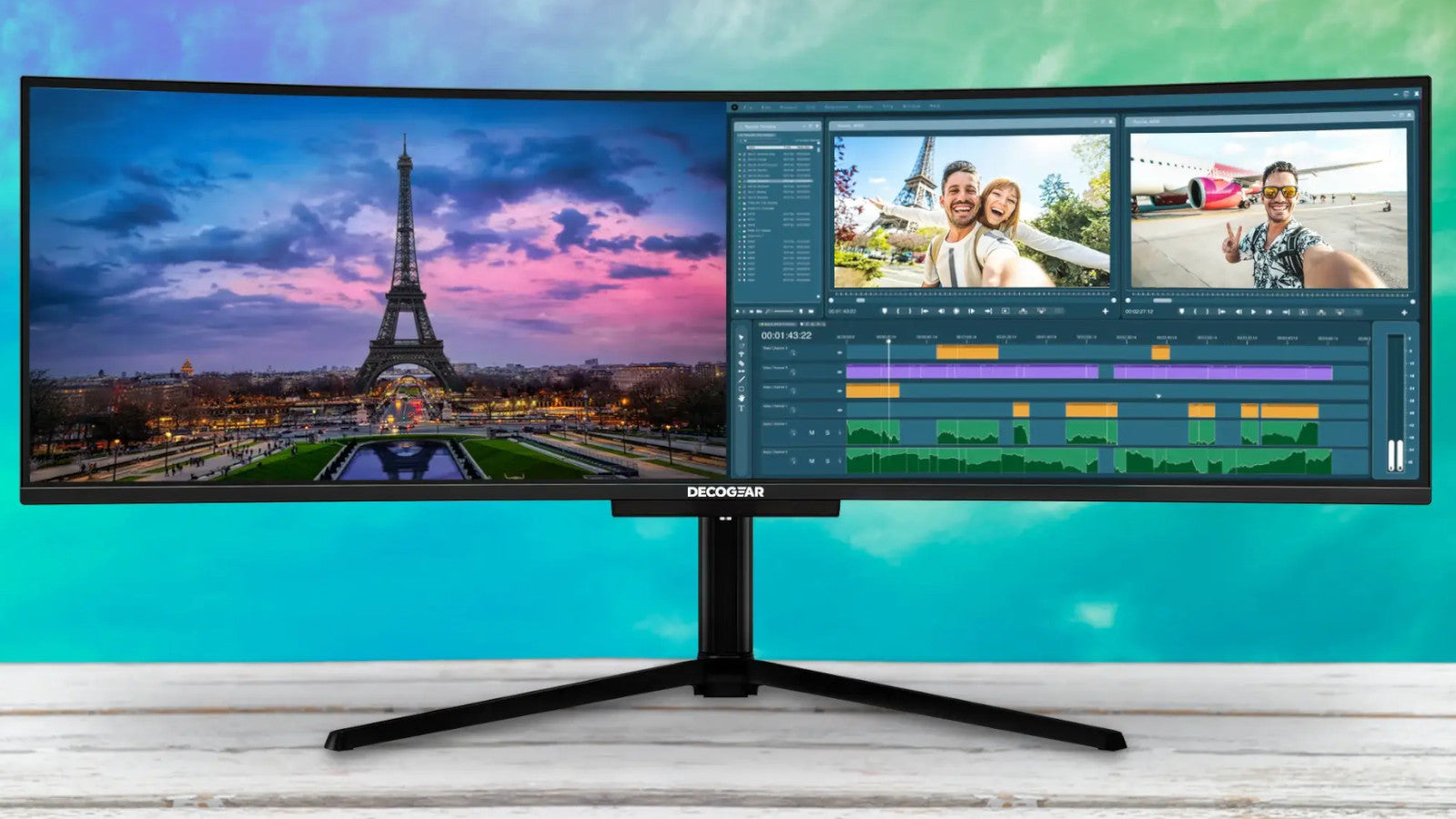In the ever-evolving world of gaming, understanding what Hz is good for gaming is crucial for enhancing your experience. The refresh rate of your monitor, measured in hertz (Hz), plays a significant role in determining the fluidity and responsiveness of visuals during gameplay. Whether you're a casual gamer or a professional competitor, knowing what is a good refresh rate for gaming can make a profound difference in performance. Let's explore how different refresh rates impact your gaming setup and help you choose what is a good monitor refresh rate for your needs.
Understanding Refresh Rates: What is a Good Refresh Rate for a Monitor?
The refresh rate of a monitor indicates how many times per second the display refreshes its image. In gaming, a higher refresh rate can lead to smoother motion and less screen tearing. For instance, a 60Hz monitor refreshes the image 60 times per second, which may suffice for casual gaming. However, competitive gamers often ask, "What is a good refresh rate for a monitor?" The answer typically lies in higher rates like 144Hz or 240Hz, which offer enhanced fluidity and responsiveness, making every motion appear seamless.
When considering what is a good refresh rate for gaming, it's important to align it with your system's capabilities. A high refresh rate paired with an insufficient graphics card may not deliver optimal results. Conversely, if your system can push high frame rates, matching it with a high refresh rate monitor ensures you benefit fully from the performance. Understanding what Hz is good for gaming helps in making informed decisions for your setup.

Exploring Refresh Rates for Gaming: 60Hz to 360Hz
Determining what is a good refresh rate for gaming depends largely on the type of games you play. For single-player or less demanding games, 60Hz might be sufficient, providing a stable and enjoyable experience. However, for fast-paced genres like first-person shooters, a 144Hz refresh rate is often preferred by competitive gamers seeking quicker response times and smoother transitions.
Higher refresh rates, such as 240Hz and 360Hz, push the boundaries further, offering unparalleled smoothness. The difference between 144Hz and 240Hz can be subtle but crucial in high-stakes scenarios where every millisecond counts. Professional gamers often opt for 360Hz to ensure that even the smallest movements are captured instantly, making it essential to know what is a good monitor refresh rate for your gaming style.
Choosing What is a Good Refresh Rate for Gaming Setups
When deciding what is a good refresh rate for a monitor, consider your gaming hardware and the types of games you play. High refresh rates, like 144Hz or more, are beneficial for fast-paced games, offering smoother visuals and reducing motion blur. Casual gamers might find 60Hz to 75Hz adequate, balancing performance with cost-effectiveness.
It's also vital to balance refresh rate with resolution. Higher resolutions, such as 1440p or 4K, can strain your system. If your hardware struggles with high frame rates at these resolutions, opting for a lower resolution may help maintain a higher refresh rate. Understanding what Hz is good for gaming involves finding the right balance for your specific setup and preferences.
The Impact of Refresh Rate on Gaming Performance
In gaming, a monitor's refresh rate can significantly affect gameplay fluidity and responsiveness. Higher refresh rates reduce motion blur and input lag, essential for genres that demand quick reflexes and precision. Gamers often report noticeable improvements in game feel when using monitors with refresh rates of 120Hz or higher.
Determining what is a good refresh rate for a monitor involves considering how it impacts your gaming experience. Higher refresh rates contribute to sharper images and more immediate reactions, enhancing overall immersion and control. Understanding what Hz is good for gaming allows you to tailor your setup for optimal performance and enjoyment.
Optimizing Gaming Setups with the Right Monitor Refresh Rate
Choosing the right refresh rate for your gaming monitor involves several key considerations. A refresh rate of at least 144Hz is recommended for competitive gaming, providing smoother visuals and reducing motion blur. Additionally, consider the resolution and response time, as higher resolutions demand more from your hardware, and faster response times minimize ghosting.
Connectivity options are also important. Ensure that your gaming setup supports the monitor's refresh rate through appropriate ports like HDMI 2.0 or DisplayPort 1.4. By understanding what Hz is good for gaming and what is a good monitor refresh rate, you can ensure your setup is optimized for peak performance.




Share:
Discover How a 34” Ultrawide Curved Monitor Transforms Your Workday
OLED vs IPS: Decoding the Display Dilemma